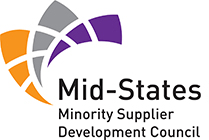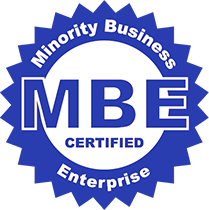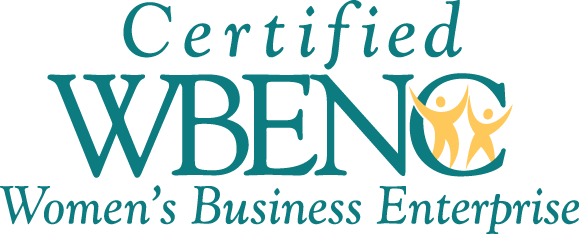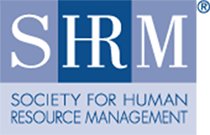
This article is from Indeed. View their article at the bottom.
An email opening sets the tone for the entire message and usually leaves either a positive or negative impression on the reader. Your opening sentences or phrases have the potential to affect how the recipients perceive you and the information you are trying to convey.
Why are email openings important?
Email is one of the most common forms of professional and personal communication. Over the years, sending emails has become more like conducting a traditional conversation. It is just as important to communicate well through email as it is for in-person interactions. If you start a conversation with a coworker, you will likely begin by saying “Hello,” “How are you?” or by making some form of small talk. In an email, your opening sentences serve the same purpose.
Some email openings are used so often, they may seem insincere or unnecessary. One of these is the overused “I hope this email finds you well.” If you want to write emails that are effective, efficient and that positively affect your professional relationships, you will need to consider using more creative email openings. The good news is that there are dozens of options that are friendly, purposeful and more likely to initiate meaningful conversations.
12 more effective ways to begin an email
Depending on the purpose of your specific email, there are dozens of phrases you can use to start an email strongly. Here are 12 of our suggestions:
1. Get straight to the point
If your email contains time-sensitive information or requests, it may be best for you to forego any niceties and skip directly to the body of your email. If your email is a part of an ongoing conversation or if you work closely with the recipient, it is probably more efficient for you to communicate the necessary information without wasting any time with small talk.
If your emails are filled with unnecessary tangents or personal questions, your readers might become frustrated and neglect to respond. The most effective business emails are between 75 and 100 words.
2. Ask a friendly question
In contrast to simply wishing them well, asking someone a question is more likely to inspire them to engage in a conversation. Even frequently asked questions like “How are you doing?,” “What’s new with you?” or “How have you been since we last spoke?” provide your reader with an opportunity to share and communicate your interest in their wellbeing.
3. “I know you’re busy, so I’ll be brief.”
This email opening can make an excellent impression on someone who has a hectic schedule and a full email inbox. If you know your email’s recipient is currently busy or working overtime, acknowledge that fact right away. Letting your reader know that you appreciate their time and that you do not intend to waste it will make them more likely to read your email and respond as soon as they can.
4. “You know me from…”
When you are contacting someone for the first time through email, you will need to introduce yourself quickly and effectively. Giving them some context for how they should know you will be helpful for a professional who may not be skilled in remembering names. Depending on your relationship, you might lead with your name, your job title or the name of the last event you both attended.
5. Note a personal connection
Another effective way to start an email is by calling attention to something you have in common with your reader. This could be anything from a sport’s team to a favorite color. Letting them know that you noticed their interests and that you share them can be a great way to strengthen your professional relationship. It can also help your email stand out from others and make you more memorable to your recipient.
6. “I hope are you enjoying [the season/weather/holidays].”
Changing weather and holiday breaks are often easy and enjoyable topics of office conversation. If you are nearing the summer holidays or if the leaves are beginning to fall outside your window, you might choose to begin your emails with a seasonal greeting. Most people are happy to talk about their holiday plans and commenting on the weather could transition into a more substantial conversation.
7. Provide or ask for a quick recap
If it has been some time since you last communicated with your email’s recipient, you might begin by offering or asking for a brief life update. This could include interesting developments like moving houses, taking a promotion or getting married. It may involve nothing more than an overview of a recent project or a description of an exciting office event. Catching up on recent developments will help you and your reader feel more connected before you move forward with the conversation.
8. “Congratulations on [recent achievement]!”
One of the most encouraging ways to begin an email is by offering your congratulations on your reader’s recent accomplishments. This can include anything from publishing a book to hiring a new assistant. All workplace achievements should be celebrated and your reader will most likely appreciate the acknowledgment.
9. Ask for an update
If your recipient was facing a challenge or struggle last time you spoke, you might begin your next email by asking about their progress. If they were anticipating an upcoming personal or professional triumph, you can also inquire to find out the results. Following up on past conversations shows the reader that you value your relationship and that you are genuinely invested in their success.
10. “I hope everything is going well with [your company/department/office]”
Instead of asking after their personal well-being, you might choose to ask about your reader’s team, employer or other coworkers. This offers them the opportunity to update you on their company’s recent accomplishments or to share news regarding changes in their department. Asking about your recipient’s workplace will often lead to a more involved conversation than a simple “How are you?”
11. “I am contacting you because…”
In the professional realm, concise writing is often the key to success. Stating the purpose of your email in the first one or two sentences will save time and help you get the results you need as soon as possible. Some readers may be distracted or confused by a surplus of pleasantries or greetings. If you know your recipient is task-oriented, a straight-forward request or command could be your best option for an email opener.
12. “I hope [specific project or assignment] is going well. Let me know if I can help.”
If you are writing to someone in your company, you might ask about specific tasks that they are currently working on. This shows that you are aware of their current workload and that you appreciate the role they play in your workplace. If possible, you might also want to offer your assistance or advice. Reaching out in this way will help you improve your relationship and may make your reader more willing to respond.
“12 Effective Ways to Begin an Email.” Indeed Career Guide, 23 Nov. 2021, https://www.indeed.com/career-advice/career-development/better-ways-to-begin-an-email.





